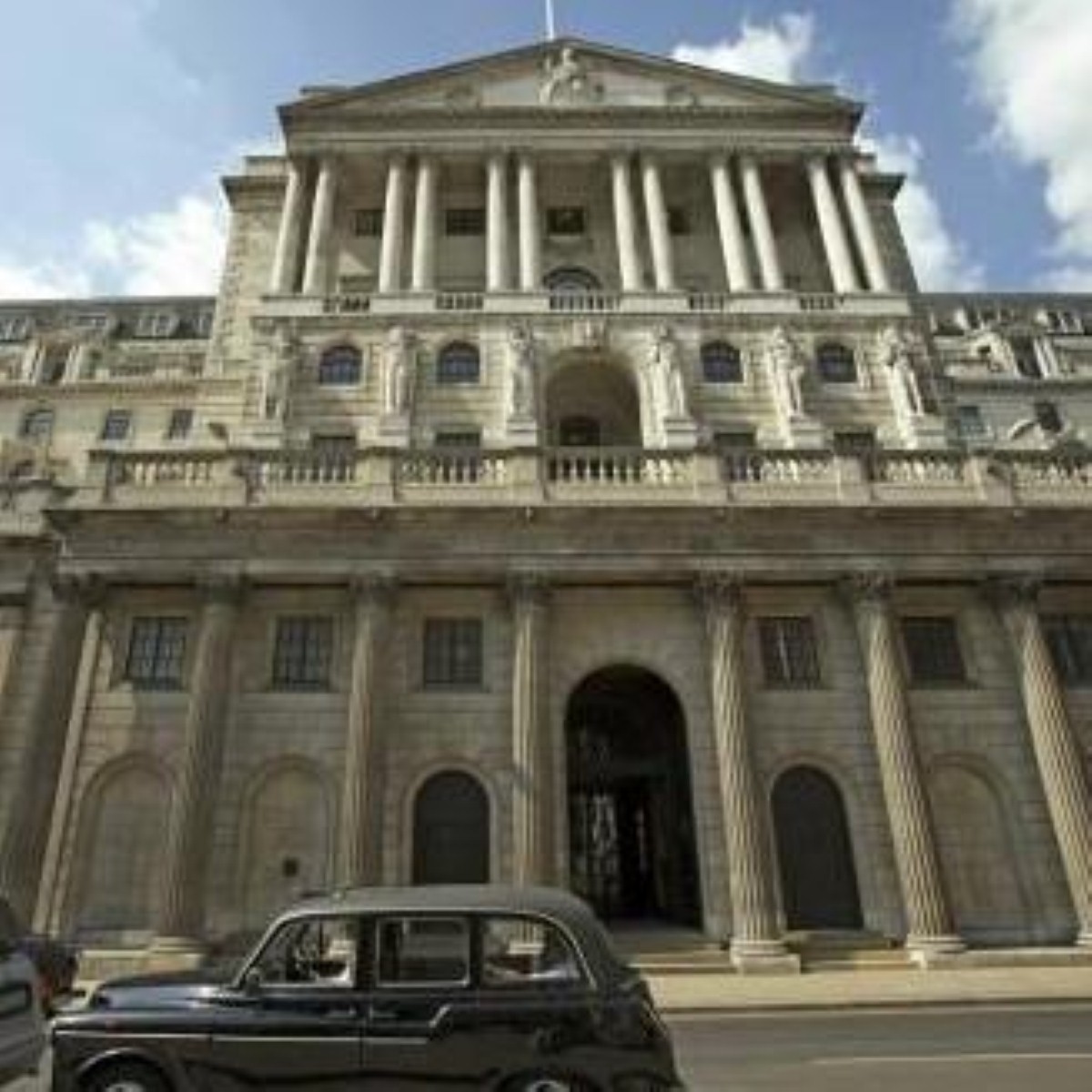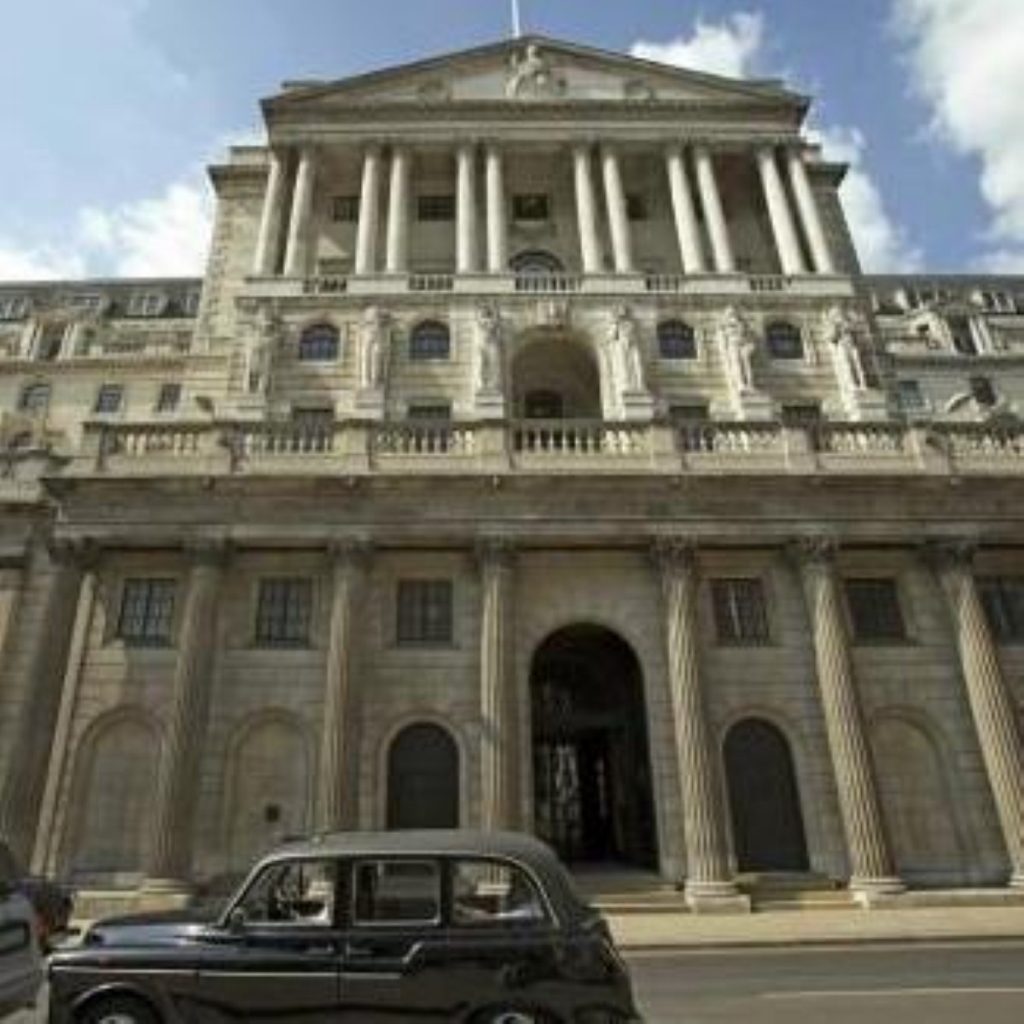The Bank of England’s Monetary Policy Committee (MPC) have said that it will keep interest rates at 0.1%.
At its meeting on Tuesday, the Committee judged that the existing stance of monetary policy remained appropriate. The MPC voted by a majority of 7-2 to maintain Bank Rate at 0.1%.
The Bank said today that its Committee voted by a majority of 6-3 for the Bank of England to continue with its existing programme of UK government bond purchases, financed by the issuance of central bank reserves, maintaining the target for the stock of these government bond purchases at £875 billion and so the total target stock of asset purchases at £895 billion.
The MPC is the specialised economic advisory panel that is responsible for setting the UK’s short-term base/bank rate. The framework under which the Committee sets monetary policy is laid down by a remit letter sent annually by the Chancellor of the Exchequer to the Governor of the Bank of England.
There are nine members of the Monetary Policy Committee: the Bank’s Governor, the two Deputy Governors, the Chief Economist, the Executive Director for Market Operations and four external members appointed by the Chancellor of the Exchequer. Each member has expertise in the field of economics and monetary policy. A Treasury representative attends meetings to ensure that the MPC is fully briefed on fiscal policy.
The Monetary Policy Committee convenes and announces policy eight times a year (every 6 weeks). It considers a broad range of economic data before publicly announcing its revised decisions on interest rates. It can take as long as two years for monetary policy to feed through into the behaviour in the UK economy so MPC members consider the economic outlook for the forthcoming years. Decisions are taken on the basis of a majority vote.
Interest is the ‘cost of borrowing’ and the ‘reward for saving’ expressed as an annual percentage.
The interest rate is the percentage charge on the amount you borrow and the percentage gain on the amount you save.
The Bank of England sets the bank rate (or ‘base rate’) for the UK. In the news, it’s sometimes called the ‘Bank of England Base Rate’ or even just ‘the interest rate’.
Alterations in the ‘bank rate’ change the cost of borrowing from the Bank of England which, in turn, feeds through to the interest rates that UK banks are willing to set.
Following ‘New Labour’s’ win at the 1997 General Election, the new Chancellor Gordon Brown handed control of the base interest rate to the newly independent Bank of England.
From 2003-2007, interest rates were raised by the Bank of England’s Monetary Policy Committee to reign in a perceived over-inflating economy. Rates rose from 3.5% in July 2003 to 5.75% in July 2007.
Following the global financial crisis of 2008-2009, the base interest rate fell to its lowest level for 300 years. From a level of 5.75% in July 2007, interest rates fell to 0.5% by March 2009, with a further fall to 0.25% in August 2016.
In 2017, there was a very slight rise in interest rates back to 0.5%, but with the onset of the COVID-19 pandemic, rates were reduced to 0.25% on 11 March 2020 and, again, to 0.1% on 19 March 2020.
With the Bank of England forecasting that inflation in the UK will surpass 4% later in the year, twice its formal target of 2%, the Bank of England governor has previously hinted that an interest rate rise could soon be on the cards.













